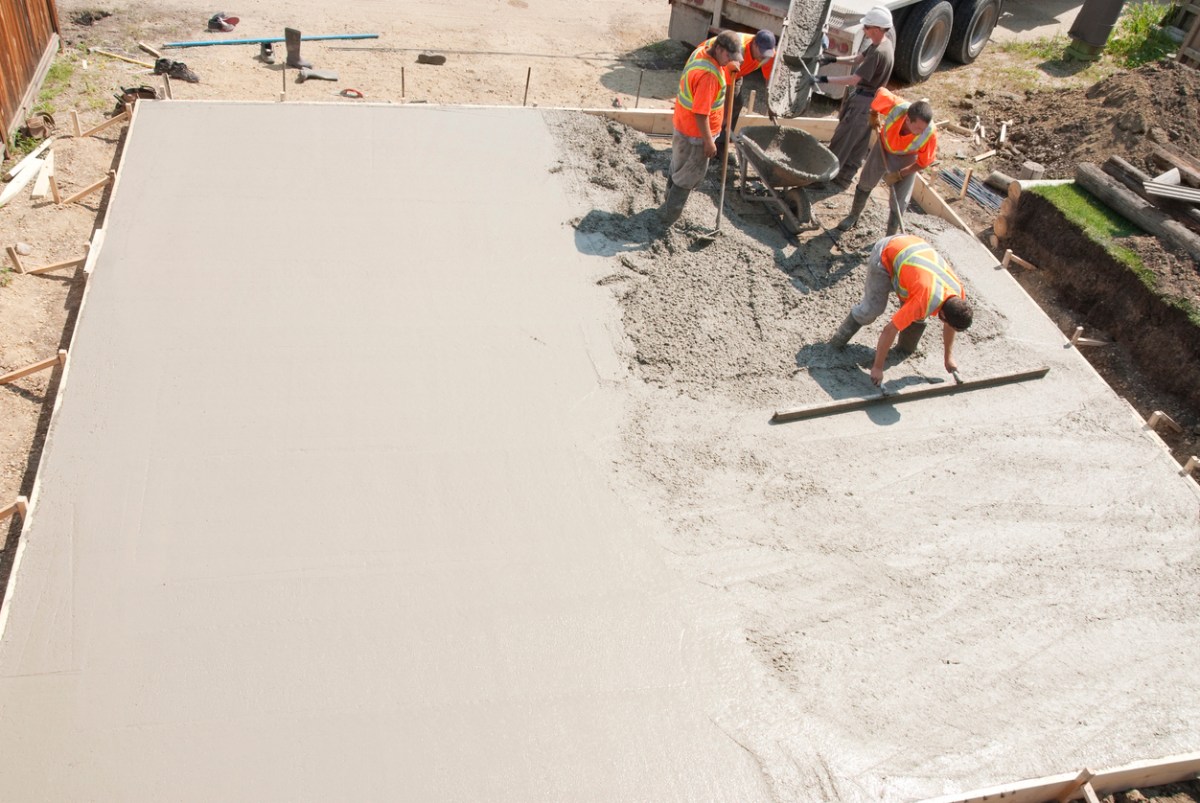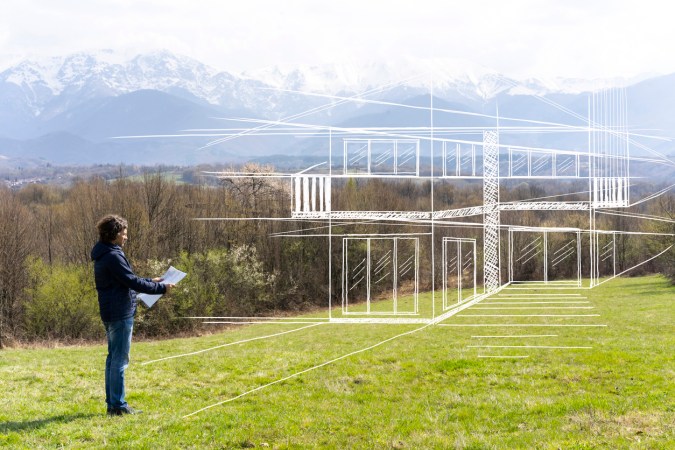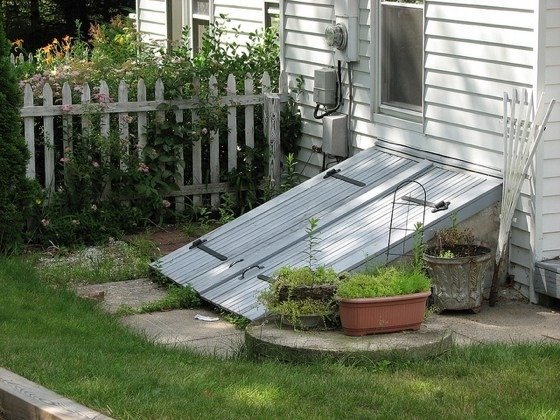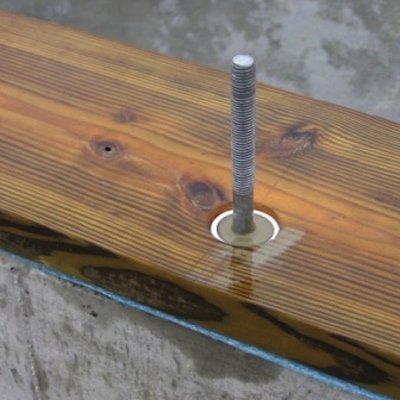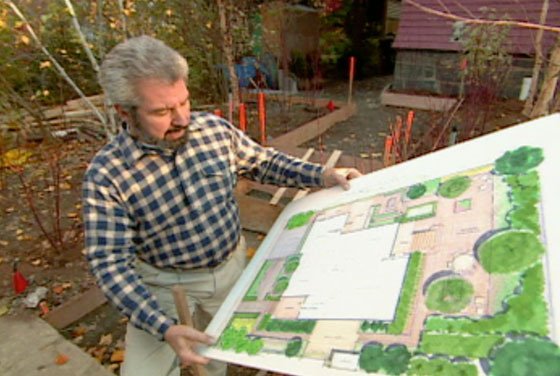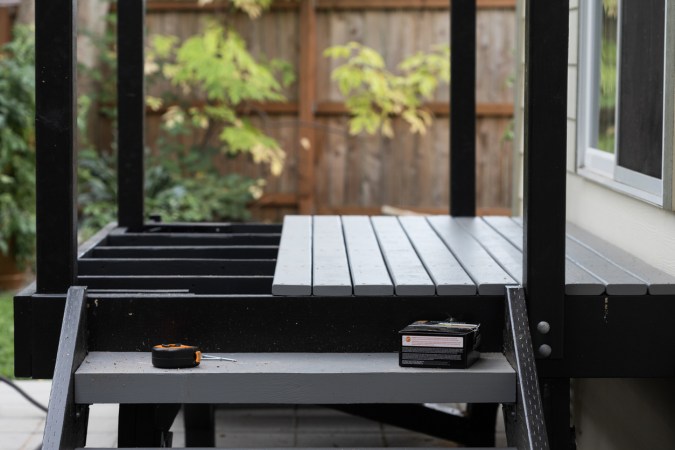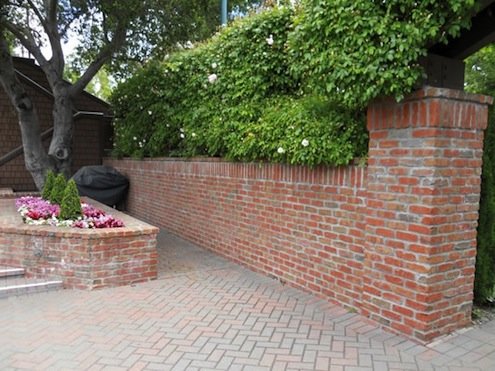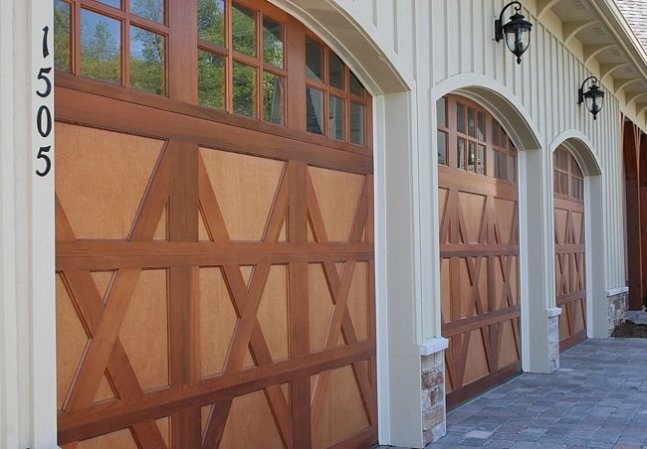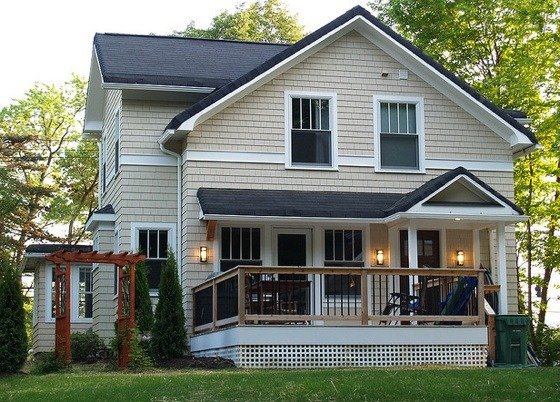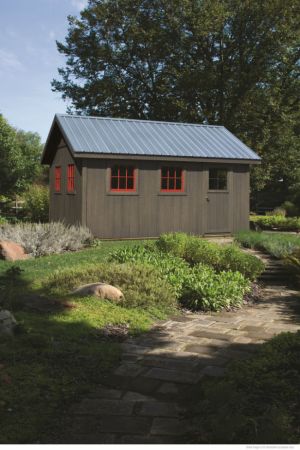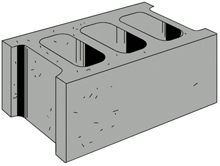We may earn revenue from the products available on this page and participate in affiliate programs. Learn More ›
As with any structure, a new garage foundation plays a crucial role in the integrity of the building above: A quality foundation will last many years, but a poorly laid one can cause many headaches down the road.
Rarely considered a do-it-yourself project, laying the foundation for a garage requires good planning, adherence to local code, and careful consideration of future uses for the finished space. Amenities like a filtered drainage system and radiant floor heating need to be installed during the foundation phase of the garage. Plan on inspections along the way, as well.
Garage Foundation Basics
A garage foundation is typically constructed of concrete block or a poured concrete wall. First the site is cleared or scraped and footing trenches are dug below grade according to code. “In our region we’re looking for at least 48 inches of frost protection from finished grade to the bottom of the footing,” says Jack Farrell of J.P. Farrell Construction in Ashland, Mass.
Farrell digs footings that are 2 feet wide, with an additional 2 feet on either side for room to work, resulting in a 6-foot-wide trench. He uses 2×10 foot boards as footing forms that are stripped once the concrete is set. He then marks a center wall line on the footing to mark where wall forms will go.
The height of the concrete foundation wall is usually determined by the size of the structure above. “For a single-story garage we look for an 8-inch foundation wall,” says Farrell. “A two-story structure would require at least a 10 inch foundation wall.”
Steel reinforcing helps the foundation wall bear stress while mechanical vibration consolidates the concrete to eliminate voids and air bubbles that might weaken the concrete. Anchor bolts are installed in the concrete foundation to secure the garage walls to the foundation. The location and frequency of anchor bolts on the foundation wall is determined by local code. Farrell often uses insulation on the inside perimeter of the wall.
Once the footings and foundation walls are in place, a concrete slab is poured and formed inside the foundation frame. Depending on the region and the garage plans, this slab can be poured on a compacted subgrade, which can include sand or gravel. A vapor barrier and insulation are often positioned upon the subgrade, with wire mesh and steel bars for reinforcement. Any drainage pipes or radiant heat tubes are placed and fastened to the wire mesh prior to the slab pour. “You want the slab to be pitched from the rear to the door of the garage to allow for drainage,” says Farrell.
Foundation Extras—Drains and Radiant Heating
Some garage workshop amenities aren’t meant to be added later. Features such as drains and radiant heating are designed to be installed with—or more specifically, within—the foundation.
Radiant heat is ideal for a garage workshop because it provides heat with no blowing or moving air, keeping engine and body work more dust and particle-free. Radiant heat also emanates up from the floor, so the garage owner spending time on his or her back is assured a comfortable surface to lie on. Nothing saps strength like a cold cement floor.
A proper drain is another foundation amenity worth the extra work. Most garage drainage systems employ drywell drainage, which is little more than a dug hole with course stone into which the drained water empties. Drainage piping is laid on the foundation bed and the drain is positioned prior to the concrete pour.
Local codes are strict about what can and cannot be dumped down a garage drain; installing a drain with filters is the only way to deal with substances worse than dirt, soap, and water.
Foundation Sealers
Air and water infiltration from outside can be a headache for the garage owner. Two types of sealers—sill sealers and floor sealers—can be installed or applied during construction as preventive measures to keep the garage warm and dry.
Sill sealers (view example on Amazon) are an adhesive foam application that sits between the top of the foundation and the sill plate, forming a waterproof barrier. Since concrete shrinks as it cures, a sill sealer conforms to the foundation surface and prevents gaps or cracks from forming in the space between the sill plate and the foundation. Sill sealers have an aggressive adhesive side that sticks to the foundation and protects against air, moisture, insects, and rodents.
Concrete sealers (view example on Amazon) are often spray-on products that prevent water and vapor from traveling up through porous concrete. Some sealers also tout additional benefits like preventing the seepage of radon gas and inhibiting mold and mildew growth. Sealers tend to strengthen the concrete and keep cracks from forming down the road.
